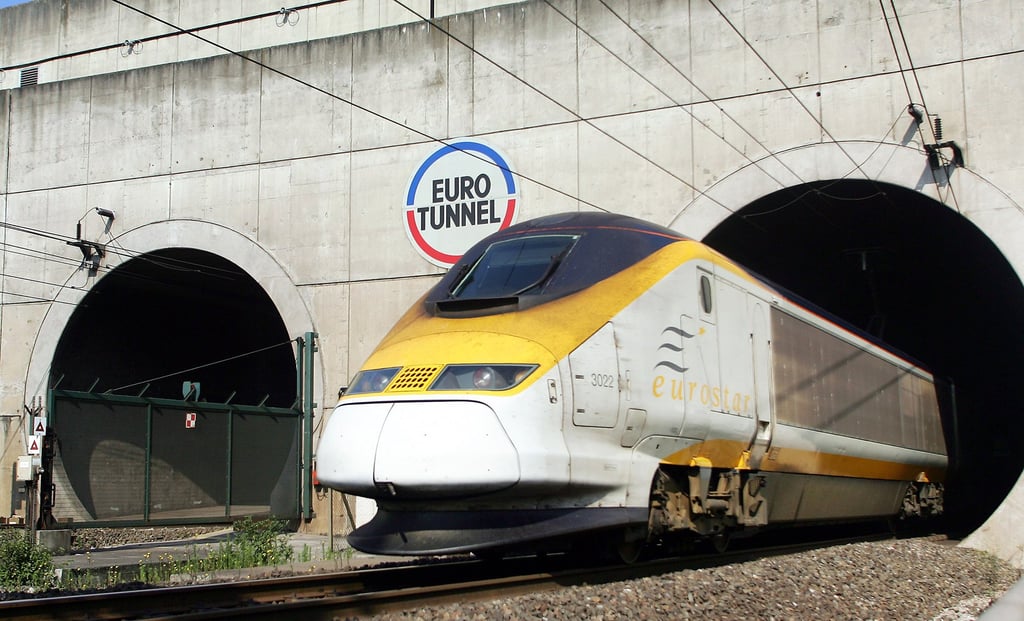Explainer | Why isn’t there a tunnel connecting New Zealand’s main islands?
A Cook Strait tunnel would dramatically reduce travel times. But unlike in Britain and Japan, New Zealand has not seriously considered it

The havoc wrought by huge swells and gales in the deep and turbulent Cook Strait between the North and South Islands is a recurring feature of the country’s roughest weather. Breakdowns of New Zealand’s ageing ferries have also caused delays.
A tunnel or bridge crossing the approximately 25km to 30km (15 miles to 18 miles) of volatile sea is so unlikely for the same reason that regularly vexes the country’s planners – solutions for traversing New Zealand’s remote, rugged and hazard-prone terrain are logistically fraught, analysts said.

Why isn’t a tunnel practical?
A Cook Strait tunnel would dramatically reduce the three- to four-hour sailing time between the North Island, home to 75 per cent of the population, and the South Island.